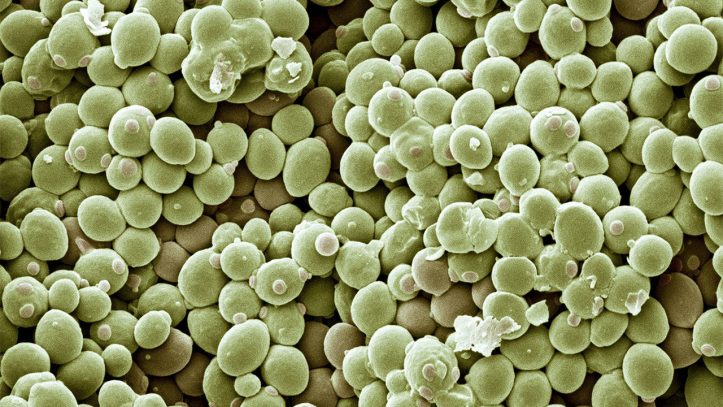What is Yeast? – This is a frequently asked question by people who are new at understanding the natural world. First of all, yeast is the genus Candida albicans, collectively they are known as yeasts. Yeasts are eukaryotes, single-celled organisms classified as members of this fungi family.
There are about 1,500 recognized species of yeast that are found in different parts of the world. They are usually found on the skin of animals, in the mouth, in the gut and in other moist places where moisture can exist.

Yeast is responsible for some of our most common and enjoyable tastes and odours. They provide the growth environment necessary for the growth of bacteria that produce candida, the cause of yeast infection. Some yeasts can be very sensitive to certain foods and can develop infections when they feed on these foods. Yeast cells are very similar in structure to bacteria and need sugar to grow and create energy.
Certain conditions are essential for yeast cells to grow and reproduce. One of these conditions is the absence of an optimum level of glucose or insulin in the blood stream that the yeast needs to multiply. When this happens, the yeast cells will replicate uncontrollably and begin to attack other body cells. They tend to attack the GI tract, the liver, the kidneys and the blood.
The yeasts are also occasionally found on the skin of humans. The yeasts that are found on the human skin are generally found in areas such as under the nails and in the folds of the skin, in the groin area, the genitals and armpits. In rare cases yeast can infect the lungs, liver or bloodstream. In fact, in many of the cases of chronic lung disease, where there is a history of alcohol abuse, the patient has developed infections by yeast.
Yeast is not only found in the digestive tract but can also be found in the vagina, the mouth, the skin, the eyes, the gums and in some people as a fungal infection. For most of these locations, treatment with natural yeast products is recommended. For vaginal infections, treatment with unsweetened yogurt is often advised. This can be applied directly to the vaginal area, inserted in the vagina or used as a suppository. For the mouth, an application of the plain, unsweetened, unscented or unflavored yogurt is often advised along with a glass of water and a small bit of honey to balance the acidity.
You may have come across the term “yeast” while searching for information about baking. Many sources will tell you that yeast is simply the bacteria that are responsible for the yeasty smell we associate with bread or beer making. However, another source will teach you that yeast is a fungus that has taken over the skin cells of humans. The fungus exists in all human bodies and can be found on the skin, inside the human body, in the digestive tract, in the vagina, in the mouth and in the stool.
The question of what is yeast has multiple answers depending upon the source. One school of thought believes yeast is the living organism that produces the bread we eat each morning. Other schools of thought maintain yeast is a fungus that happens to be present in the moist areas of the human body where its presence causes discomfort. While the two different types of school of thought are both correct in some ways, they fail to account for the variations in the way bread is made, which can result in differing opinions about what is yeast.
Most standard flour blends that you find in stores and supermarkets contain yeast. However, there are other types of flour that contain small amounts of yeast, such as rice and even wheat. This small amount of yeast is not significant enough to create the intense flavor in bread baking that you are seeking. In addition to using the proper mix of ingredients to create a dough, the right mix of ingredients will also ensure that you don’t end up with too much yeast in your bread or lose too much of the flour’s elasticity.